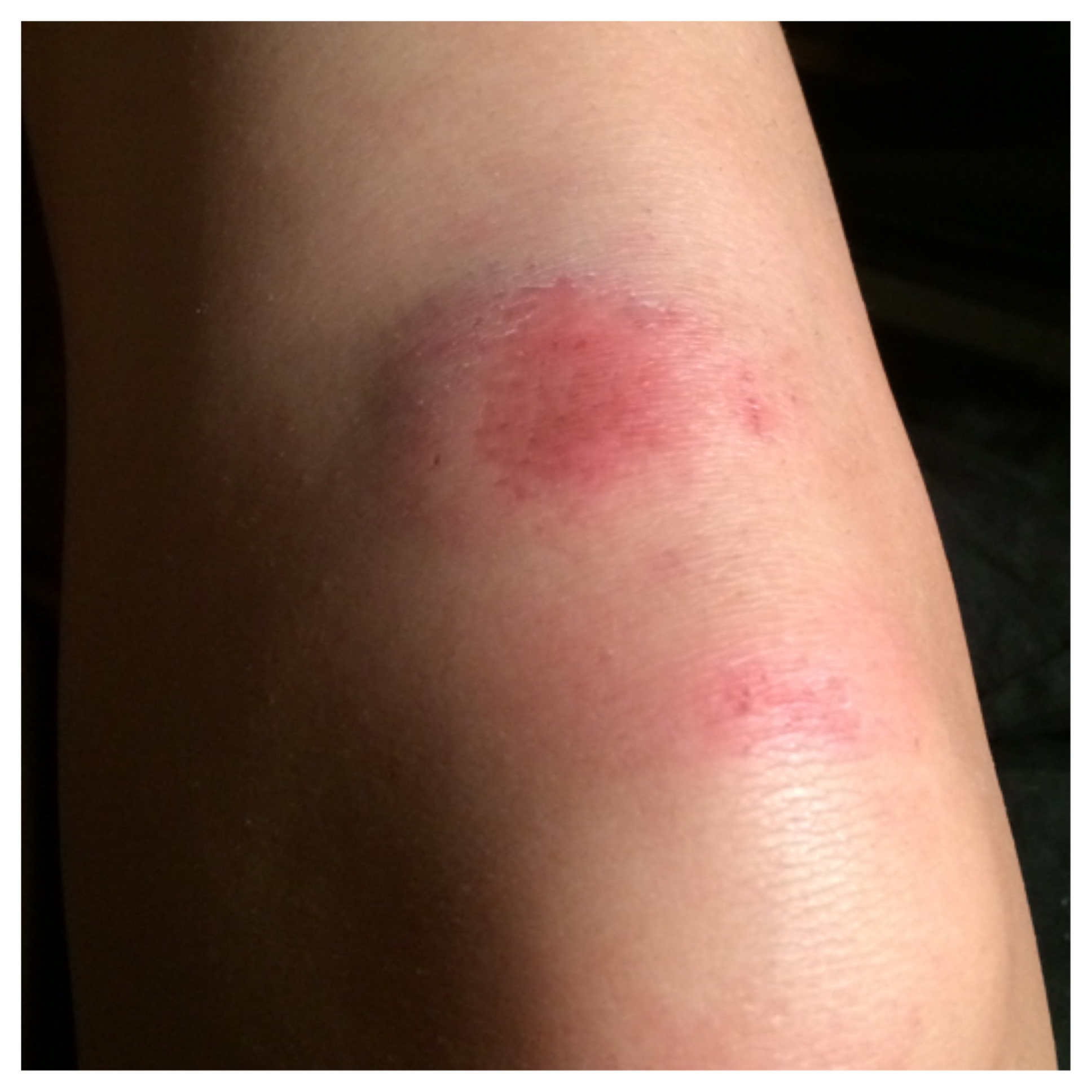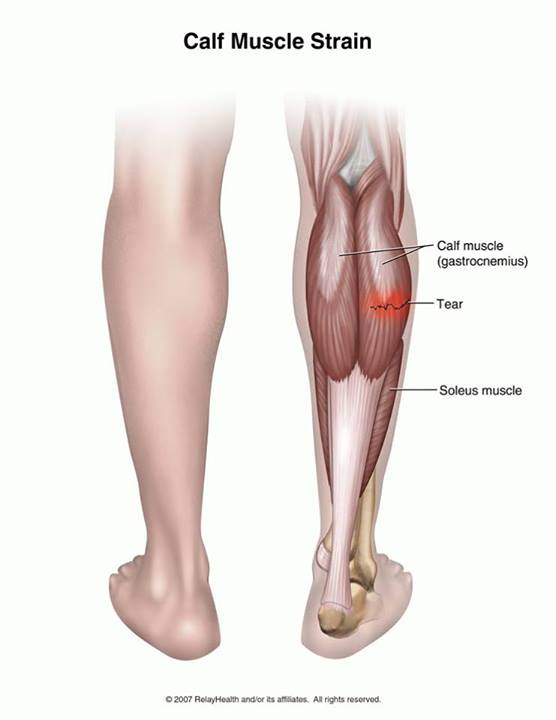Upper Back Pain

What is upper back pain?
Your upper back is also called your thoracic back, the part of the back where the ribs attach. Upper back pain is pain between your neck and your lower back.
Cauces of upper back pain?
The bones in your back are called vertebrae. Back pain is usually caused when ligaments or muscles attaching to the vertebrae are injured. Upper back pain can come from a twisting motion, poor posture, overuse, or an injury such as a fall or car accident. It is very common for someone to injure their upper back when carrying objects, throwing, bending or twisting. Sitting at a desk for a long time can cause upper back muscles to tighten and become stiff. Upper back pain can even come from vigorous coughing or sneezing.
Sometimes upper back pain is caused by scoliosis, a curve in the spine that has developed during the adolescent growth period. In scoliosis there is usually an imbalance of the muscles of the upper back.
symptoms of upper back pain?
Symptoms of upper back pain may include:
- Muscle spasms
- Pain when you take a deep breath
- Pain when your back is touched or when you move
- Pain when you move your shoulders or bend your neck forward
Diagnosis of upper back pain?
Your provider will take your history, review your symptoms, and examine your back.
Treatement of upper back pain?
To treat this condition:
- Put an ice pack, gel pack, or package of frozen vegetables, wrapped in a cloth on the area every 3 to 4 hours, for up to 20 minutes at a time.
- After you have iced for 2 to 3 days, you may start to use moist heat to help loosen up stiff muscles. Use moist heat for up to 20 minutes at a time to help relax tight muscles or muscle spasms. Do not use heat if you have swelling.
- Take an anti-inflammatory such as ibuprofen, or other medicine as directed by your provider. Nonsteroidal anti-inflammatory medicines (NSAIDs) may cause stomach bleeding and other problems. These risks increase with age. Read the label and take as directed. Unless recommended by your healthcare provider, do not take for more than 10 days.
- Get a back massage by a trained person.
- Follow your provider’s instructions for doing exercises to help you recover.
When can I return to my normal activities?
Everyone recovers from an injury at a different rate. Return to your activities depends on how soon your back recovers, not by how many days or weeks it has been since your injury has occurred. In general, the longer you have symptoms before you start treatment, the longer it will take to get better. The goal of rehabilitation is to return you to your normal activities as soon as is safely possible. If you return too soon you may worsen your injury.
It is important that you have fully recovered from your upper back pain before you return to any strenuous activity. You must be able to have the same range of motion that you had before the injury.
What can I do to prevent upper back pain?
Be sure that you have warmed up and have done proper stretching exercises before your activity. Try not to twist when you are lifting heavy objects. If you are at a desk for a long period of time be sure to take frequent breaks to stretch you back.
physiotherapy of upper back pain
Upper Back Pain Exercises

You may do these exercises right away.
Pectoralis stretch:
Stand in an open doorway or corner with both hands slightly above your head on the door frame or wall. Slowly lean forward until you feel a stretch in the front of your shoulders. Hold 15 to 30 seconds. Repeat 3 times.
Thoracic extension:
Sit in a chair and clasp both arms behind your head. Gently arch backward and look up toward the ceiling. Repeat 10 times. Do this several times each day.
Arm slide on wall:
Sit or stand with your back against a wall and your elbows and wrists against the wall. Slowly slide your arms upward as high as you can while keeping your elbows and wrists against the wall. Do 2 sets of 15.
Scapular squeeze:
While sitting or standing with your arms by your sides, squeeze your shoulder blades together and hold for 5 seconds. Do 2 sets of 15.
Mid-trap exercise:
Lie on your stomach on a firm surface and place a folded pillow underneath your chest. Place your arms out straight to your sides with your elbows straight and thumbs toward the ceiling. Slowly raise your arms toward the ceiling as you squeeze your shoulder blades together. Lower slowly. Do 3 sets of 15. As the exercise gets easier to do, hold soup cans or small weights in your hands.
Thoracic stretch:
Sit on the floor with your legs out straight in front of you. Hold your mid-thighs with your hands. Curl you head and neck toward your belly button. Hold for a count of 15. Repeat 3 times.
Quadruped arm and leg raise:
Get down on your hands and knees. Pull in your belly button and tighten your abdominal muscles to stiffen your spine. While keeping your abdominals tight, raise one arm and the opposite leg away from you. Hold this position for 5 seconds. Lower your arm and leg slowly and change sides. Do this 10 times on each side.
Rowing exercise:
Close middle of elastic tubing in a door or wrap tubing around an immovable object. Hold 1 end in each hand. Sit in a chair, bend your arms 90 degrees, and hold one end of the tubing in each hand. Keep your forearms vertical and your elbows at shoulder level and bent 90 degrees. Pull backward on the band and squeeze your shoulder blades together. Do 2 sets of 15.











